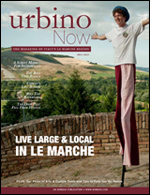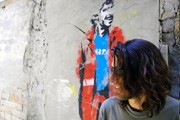 Graffiti on Renaissance Walls
Graffiti on Renaissance WallsBy Ola Mazzuca
As you walk the cobblestone streets of Urbino, you see stories everywhere, in the historic buildings, in marble sculpture – and in the graffiti. Even the birthplace of 16th century Renaissance painter Raphael Sanzio has been marked by the aerosol paint better know in the streets of big modern cities like Los Angeles, New York and Milan. Read More
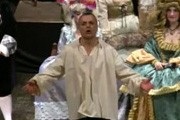 Singing in the Old Dialect
Singing in the Old DialectBy Steve Odorczyk
In the college town of Urbino, the new and old clash together everywhere you look – quaint grandparents and rowdy students gather together in the Piazza; modern construction cranes tower over centuries-old churches, and hybrid vehicles roll through cobblestone streets made for horses. In this eternal juxtaposition between youth and history, one man fights for the side of history with the best weapon he knows – art. Read More
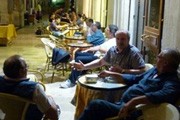 The Piazza: A Culture Squared
The Piazza: A Culture SquaredBy Martin Steger
Near midnight a group of young men spills into the Piazza Repubblica stumbling and shuffling over a cobblestone roadway they gather near a fountain ringed with beer and wine bottles emptied over the last few hours. The leader pauses, then raises a vuvuzela—the infernal horn made famous by the World Cup in South Africa—and blasts staccato notes into the air. Read More
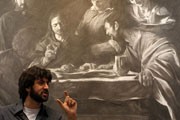 Raphael’s Children
Raphael’s ChildrenBy Grant Bell
The setting sun gleams off Raphael’s face. He stands 14 feet tall in bronze on a huge granite pedestal at the top of Via del Raffaelo, the steepest street in the small Renaissance town of Urbino, his birthplace. World-renowned as one of the most important painters of the Renaissance, he still influences the city and its current artistic culture. Read More
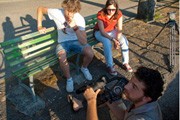 Cinema Italiano
Cinema ItalianoBy Abigail Barefoot
In the early 1960s, Italy was known throughout the world for cinema with such directors as Fellini and Rossellini. Now, on most nights, the smaller movie houses in Italy have projectors flickering Italian movies few people are watching. Much of the younger audience is looking to Hollywood blockbusters for entertainment rather than homegrown Italian films. Read More
